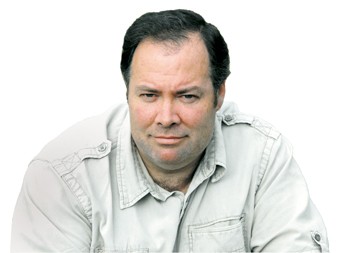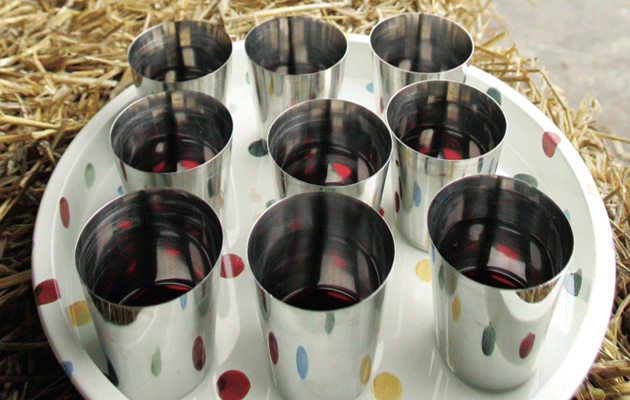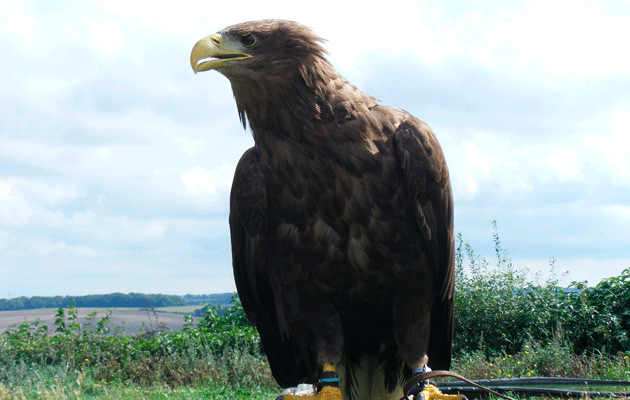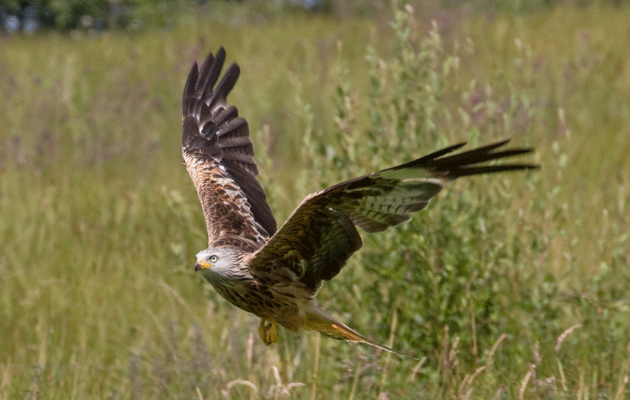Sharpshooter

There we were, Gerry and I, sitting on a stubble field in Perthshire, awaiting the evening influx of hungry duck. The fowl arrived on schedule; as the light faded to the point where shooting against a cloudy sky is eminently feasible, but you cannot see your own feet against the ground, three pinkfooted geese swept in.
I was using my lightweight 12-bore and paper-cased Eley Impax cartridges ? a bare ounce of lead No.6 shot (remember, this was Scotland, where it is perfectly lawful to use lead shot on wildfowl over dry land). The geese came in close. I fired the right barrel, and when a goose crumpled instantly, I forgot the other barrel. Anyway, what the event proved is that, at 20 yards, an ounce of lead No.6 shot through an improved cylinder barrel will kill a goose very efficiently.
This isn?t to say that I would do such a thing as a matter of routine ? I love my long-chambered 8-bore, and it is rare to get that close to a wild goose anyway. I am not for a moment advocating shooting geese with ordinary game loads under anything but exceptional circumstances.
A couple of nights later, Gerry and I were sitting out on another field of grass this time. There was a particular flightline that is often used by wildfowl to cut inland, across a wide bend in the river.
Once again, we connected with a few duck as the dusk fell. Then, as it got darker, a single, silent bird fl oated at an angle across my front, descending rapidly on cupped wings. I didn?t shoot, even though it was in easy range, because I wasn?t entirely sure what it was. But Gerry was some distance away from my position, at a different angle, and could see the bird against a faintafterglow. It went straight at him, as if drawn on a piece of string. There was a flash and a bang, followed by a thump. A few minutes later, I heard Gerry?s dog retrieving the fallen quarry.
A remarkable achievement
When we packed up half-an-hour later, I wandered over to Gerry?s position, and there, in the light of my head torch, was a pinkfoot lying among his duck. Naturally, I instantly claimed that I had deliberately left it for him to have a crack at.
However, the true nature of Gerry?s achievement only became clear when I realised that he had been using a tiny 28-bore that night. In short, he had neatly felled a goose with just half an ounce of No.6 shot ? well and truly eclipsing my performance from two nights earlier.
Again, I must emphasise that shooting geese with light loads is not generally recommended. In this case, Gerry was in the right place and at the right range ? and he is an expert Shot, to boot. It was a very rare opportunity, and he made the most of it.
Preserved for decades
The gun Gerry was using that night was a lovely piece by W. W. Greener, a hammergun with nitro-proofed steel barrels. It was manufactured in 1916, just before the company switched to full-time military production for the War effort. It had never been used much by its original purchaser, and had then been stored away for decades before Gerry secured it for his extensive collection of Greener guns. Apparently it was found stored in the original manufacturer?s cardboard box and grease paper.
Shooting wildfowl with very small calibres is something that should only be done in exceptional circumstances, by people who can shoot with the requisite accuracy. But the fact is, if a shot is placed accurately, even the largest quarry can be killed cleanly. It is worth remembering that one of the greatest of the old elephant hunters, ?Karamojo? Bell, favoured a .257 Rigby for felling the mighty pachyderms. Many would consider that calibre suitable for deer-sized quarry at most, but Bell made a study of elephant anatomy, got in close, and was supremely skilled in placing his shots.
Have your say: if you have a view on a current news topic, send it, in no more than 500 words, to steditorial@ipcmedia.com.
What is YOUR opinion?
Join other ST readers in our forums to discuss your views.
Like this article? Mark this page on a social bookmarking website…








